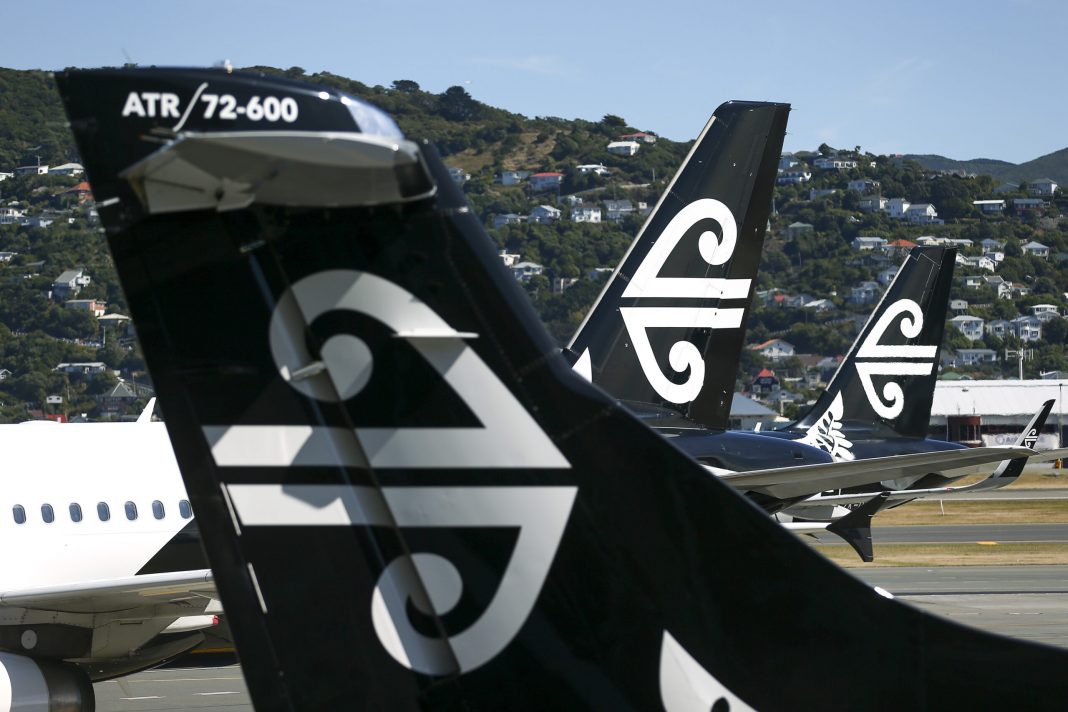Following Monday’s announcement of an imminent two-way travel bubble between New Zealand and Australia, airlines and airports are gearing up for a surge in demand. However, there have been calls for clarity about risk management and what happens if there are COVID-19 community transmission cases in either country.

Airport CEO calls for clearer guidelines
In an interview on the Australian Broadcasting Corporation’s Radio National on Tuesday morning, Auckland Airport CEO, Adrian Littlewood called for clearer travel bubble guidelines.
“In anticipation of this happening, we’re ready,” said Mr Littlewood, referring to what Auckland Airport has in place to separate passengers and handle passengers moving within the bubble.
“Understanding what happens in the event of outbreaks and what that means for the border in the future is important.
“A risk-managed system is probably an answer for the long term, that takes account of changing conditions in countries over time.”
How to dial-up or dial down protection as needed?
Most New Zealanders can already travel to Australia and skip quarantine requirements. But New Zealand has been slow to reciprocate. Now, the New Zealand Government has said it expects this to happen by March next year. Both countries are now regularly reporting zero or low single-digit numbers of COVID-19 community transmission cases.
“The question is what mitigations can you put into place to dial-up or dial down protection as you need to for various countries. It is possible that countries may have outbreaks, and as the (New Zealand) Prime Minister was indicating, you need to have methods to manage those incidents. But also, how do you manage to keep borders open in a way that allows countries to be connected?” asked the Auckland Airport CEO
“But I think in the context of Australia and New Zealand, the conditions look pretty positive at this stage.”

The Sydney-Auckland city pair is typically the second busiest international route in and out of Australia. Adrian Littlewood said Australia was New Zealand’s biggest inbound travel market. In 2019, Australian Government statistics show there were 47 555 flights across the Tasman Sea. Those flights carried 7,845,243. As New Zealand’s biggest airport, Auckland Airport normally handles many of those flights and passengers.
“Modest mitigations” are needed says Auckland Airport boss
Mr Littlewood called for “modest mitigations” to keep Australia and New Zealand connected. The Auckland Airport boss said there needed to be clarity over what would cause borders to shut again. Asked whether any community transmission of COVID-19 or uncontained community transmission would cause this, Mr Littlewoood said;
“That’s one of the things it would be good to be clearer on. We understand these are matters for Governments to monitor. They have the best information on health performance. But it is quite important that business and travelers can plan. We’d like that to be clearer.”
When asked about triggers for re-imposing border restrictions, Mr Littlewood said he would like to see more information from Australian and New Zealand Governments.
“That is something we would like to see from the Government as they get more confidence and information around what’s happening at the border. Just help us by being clear on what those conditions are so we can all plan for them.”

Mr Littlewood expects airlines are keen to start flying
In addition to Australian and New Zealand airlines, several airlines operate fifth freedom flights between the two countries. China Airlines usually flies an A350 between Brisbane and Auckland, Emirates normally flies an A380 between Sydney and Christchurch, and LATAM typically runs a Dreamliner between Sydney and Auckland.
Adrian Littlewood says it will be interesting to see how the travel bubble plays out with the airlines.
“There’s a ton of aircraft sitting on the ground not doing much,” he said. “The airlines are desperate to start flying again. My expectation is that they will be very keen to get going.
“There are lots of planes not doing much, and I think there’s a big cohort of people on both sides of the Tasman keen to catch up.”
[ad_2]
Source link


